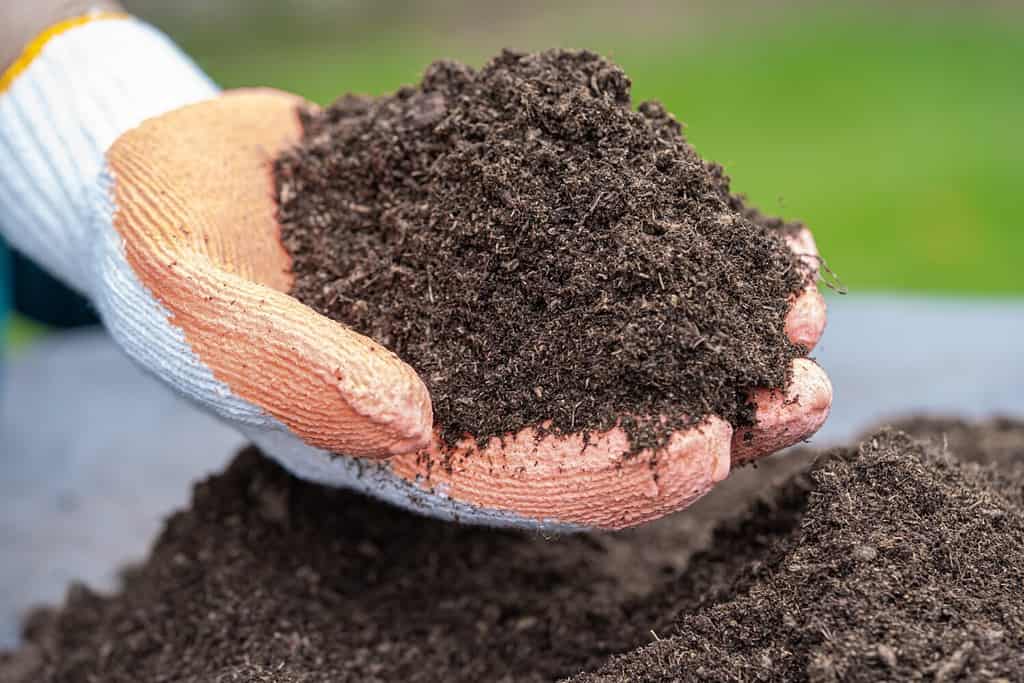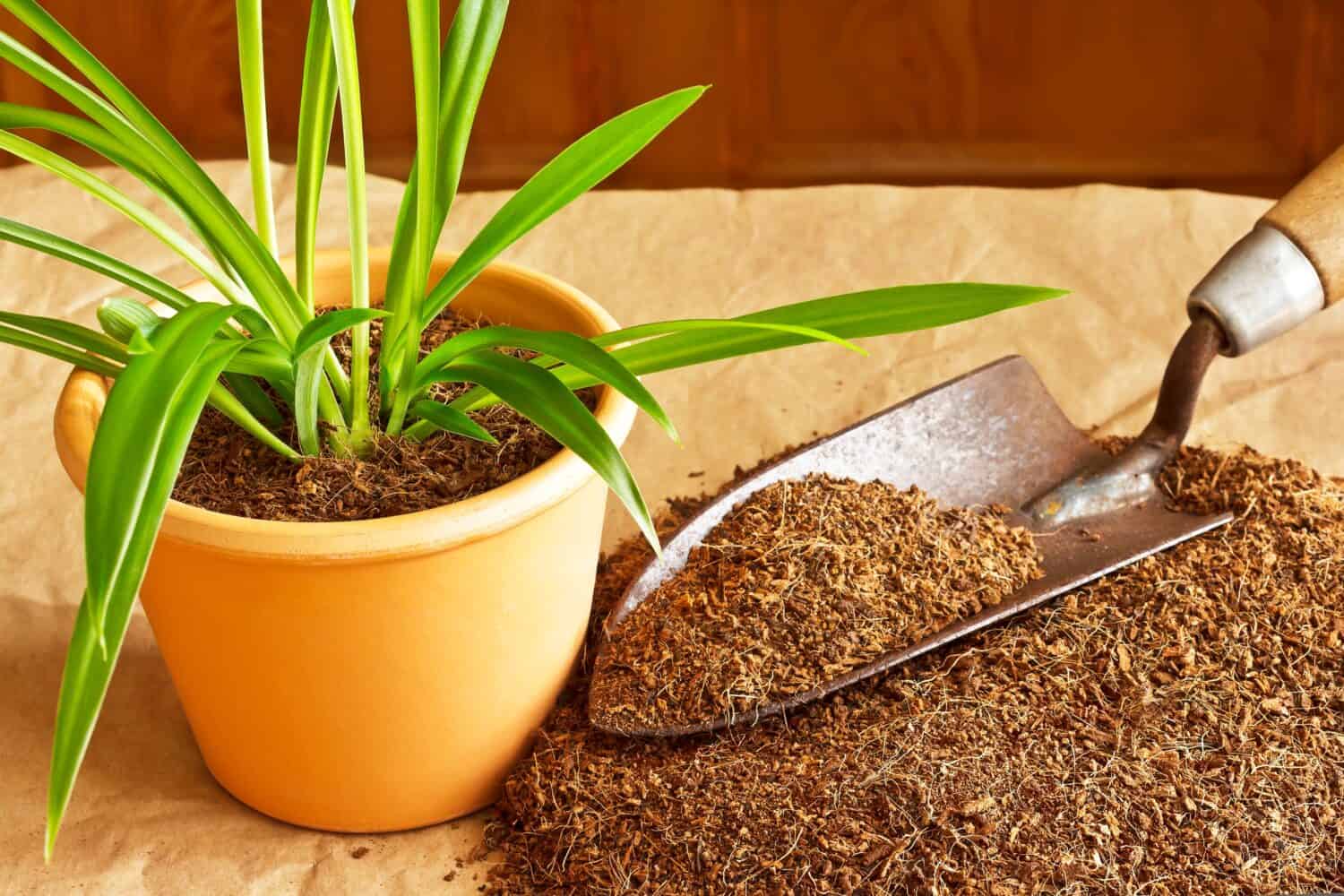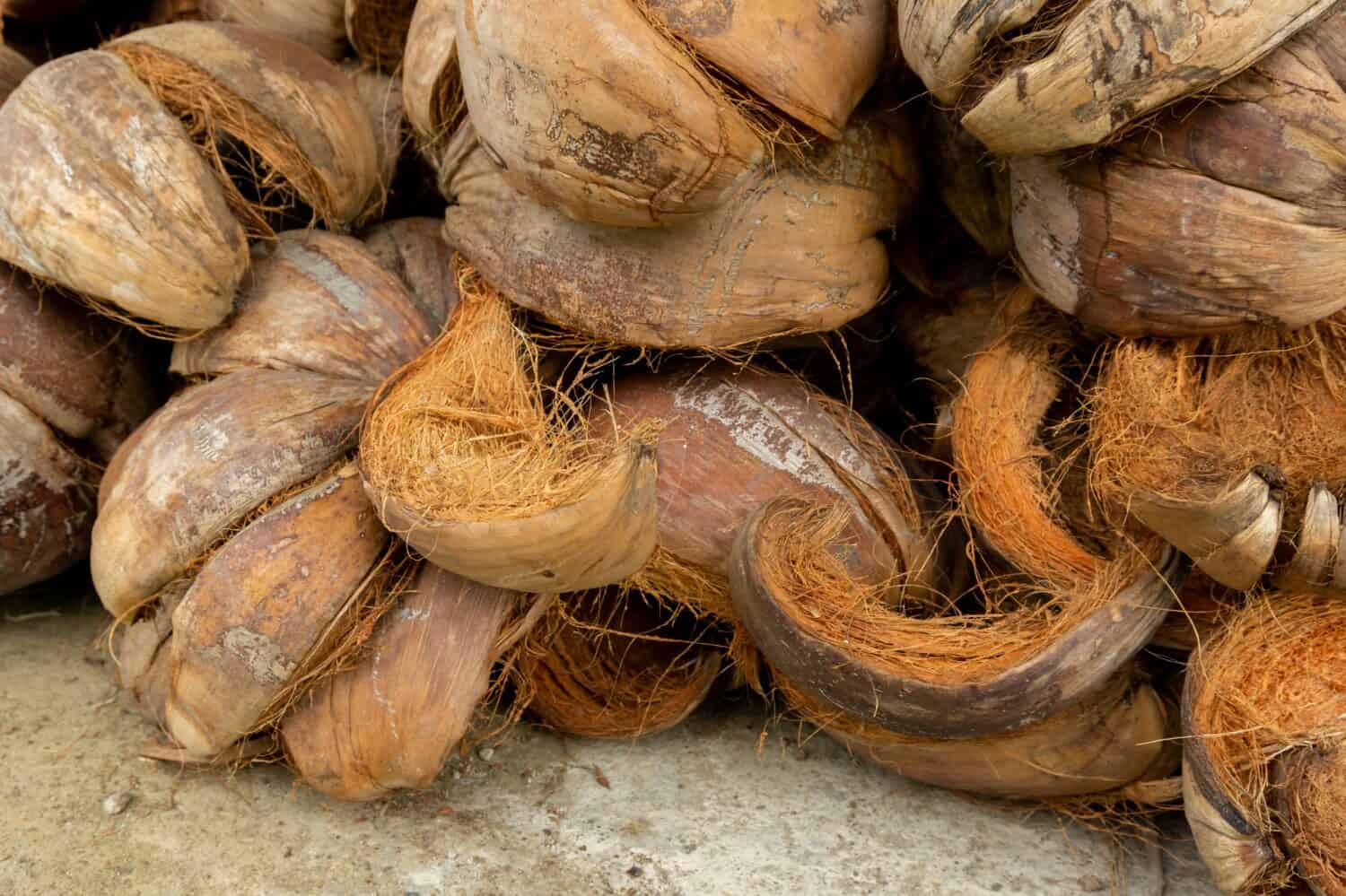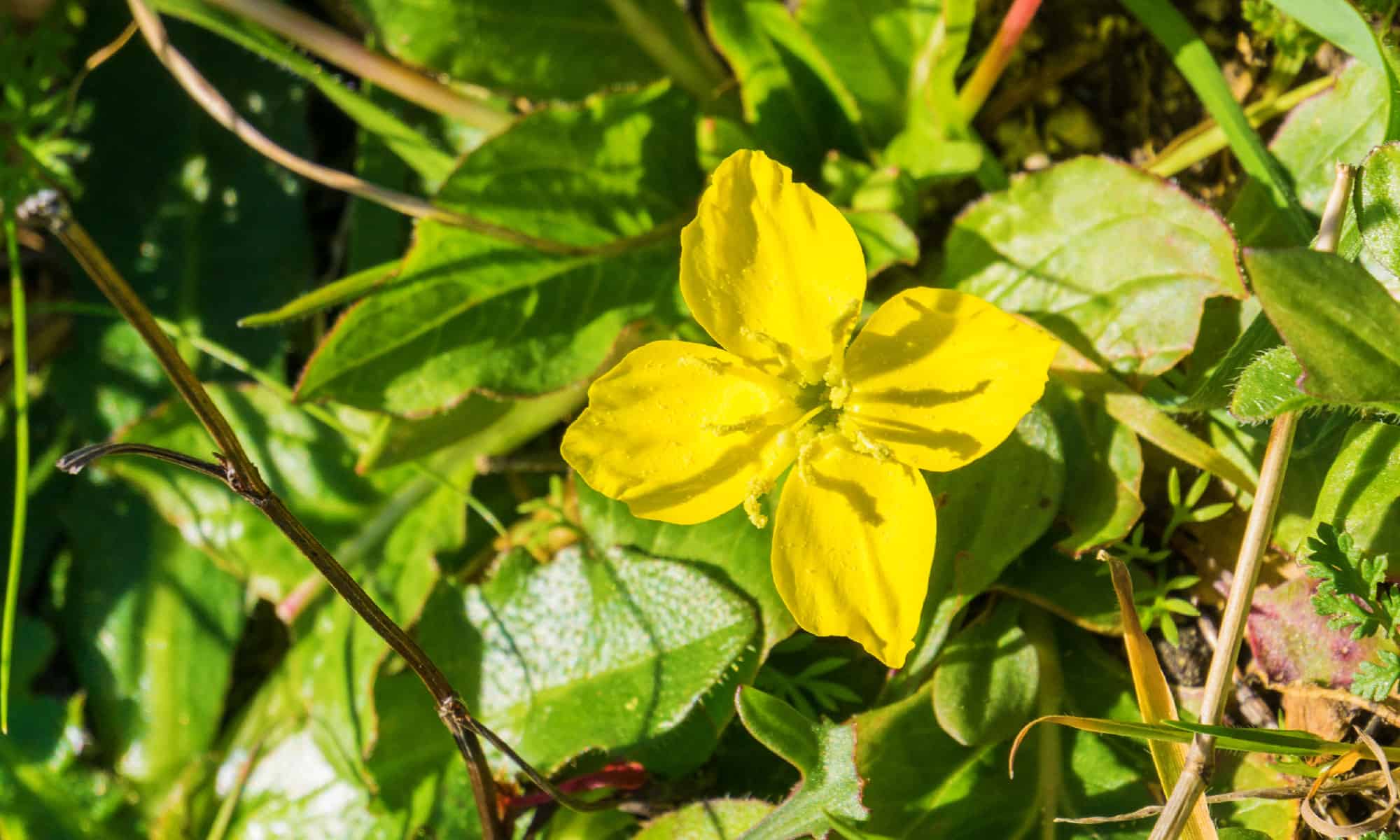When it comes to your plants, you want to choose the growing medium that will enable them to thrive. You also want to choose a growing medium that will be cost-effective and good for the environment. Needless to say, both peat moss and coco coir have their benefits and drawbacks in a number of areas. So which one should you choose?
What Are Peat Moss and Coco Coir?
Peat moss and coco coir are soilless mixes used for growing plants. These all-natural, organic growing media both improve the absorbency, drainage, and water retention of potting soils. They also help foster the growth of beneficial microorganisms, bacteria, and fungi. However, they have a few differences.
What is Peat Moss?

Peat moss comes from decomposed sphagnum moss in peat bogs.
©sasirin pamai/Shutterstock.com
Peat moss is a growing medium made from the decomposed sphagnum moss present in peat bogs. This decomposition process takes hundreds of years. Peat moss has has been a go-to for gardeners since the mid-1900s, but its negative environmental impact has led many to look elsewhere.
What is Coco Coir?

Coco coir comes from the outer husk of coconuts.
©Agenturfotografin/Shutterstock.com
Also known as coconut coir, this growing medium has been on the rise in the West as an alternative to peat moss since the 1980s. It comes from the outer husk of coconuts and is a waste product of the coconut industry. Since this would otherwise go to waste, many people feel that coco coir is more eco-friendly than peat moss.
Peat Moss vs Coco Coir
Peat moss and coco coir each have their benefits and drawbacks. Below are comparisons of their respective characteristics.
Peat Moss vs Coco Coir: Composition
Peat moss comes from decomposed sphagnum moss in peat bogs. It contains trace amounts of nitrogen, phosphorus, and potassium. This highly acidic growing medium has a pH of between 3 and 4.5. It may require the addition of neutralizing limestone.
Coco coir comes from the husk of coconuts. Its chemical composition includes lignin, cellulose, hemicellulose, pectin, and water. Notably, coco coir is less acidic than peat moss. In fact, its pH is close to neutral, falling somewhere between 5.5 and 6.9. This makes it suitable for a wide variety of plants without requiring the neutralizing influence of limestone.
Peat Moss vs Coco Coir: Nutrient Retention
Although coco coir contains sodium, chloride, and potassium salts, it is less effective at absorbing and retaining nutrients than peat moss.
Peat Moss vs Coco Coir: Water Retention
Coco coir’s generous levels of lignin and cellulose mean it can absorb up to 10 times its own weight in water but can’t hold it for long. On the other hand, peat moss absorbs up to 20 times its own weight in water and releases it very slowly. This makes it ideal for growers who don’t want to water their plants as often. However, it’s important to note that some experts consider coco coir’s water absorption to be superior to that of peat moss.
Peat Moss vs Coco Coir: Drainage and Aeration
Although peat moss is excellent at improving soil drainage, coco coir tends to drain more quickly. On the other hand, though both peat moss and coco coir offer good aeration, peat moss is generally superior.
Peat Moss vs Coco Coir: Cost and Availability
Peat moss is generally slightly less expensive than coco coir, making it a popular choice for growers on a budget. It is also usually more readily available. Both these factors have to do with the shipping cost and time for coco coir.
The Environment Impact of Peat Moss vs Coco Coir
Both peat moss and coco coir have been cause for concern with growers regarding their environmental impact. Below are a few factors to consider when choosing between them.
The Environmental Impact of Peat Moss

The extraction of peat from peat bogs releases carbon into the atmosphere and destroys native habitats.
©F-Focus by Mati Kose/Shutterstock.com
The main problem with peat moss is the side effect of harvesting it. It comes from peat bogs that contain nearly a third of the earth’s carbon. Strip-mining peat moss has the potential to release that carbon into the atmosphere, worsening climate change and its effects. It also destroys the native habitat of many animals like birds, mammals, reptiles, and insects.
A harvested bog may continue to release carbon for 30-40 years. Harvesters have undertaken the replanting of some bogs, but the recovery process takes centuries. Thus, despite the fact that peat harvesting is technically renewable, it’s not eco-friendly.
The Environmental Impact of Coco Coir

The transportation of coco coir necessitates the use of fossil fuels.
©FeriDhaniHasri/Shutterstock.com
As its name suggests, coconut coir is harvested from coconuts. The part of the coconut that would normally go to waste becomes a useful growing medium. Not only is this a more sustainable process, but coco coir is very similar to peat moss. For many, this makes it an ideal alternative.
However, the use of fossil fuels in transporting coco coir over long distances means it also has a negative environmental impact. In addition to that, the production process uses a large amount of water and produces waste products. This has led some to conclude that coco coir isn’t any eco-friendlier than peat moss.
Are There Alternatives to Peat Moss and Coco Coir?
For those who would rather avoid peat moss and coco coir entirely, experts suggest a few alternatives:
- Compost
- Decomposed manure
- Wood chips
- Leaves
- Perlite
Summary Table of Peat Moss vs Coco Coir
| Growing Medium | Composition | Nutrient Retention | Water Retention | Drainage and Aeration | Cost and Availability | Environmental Impact |
|---|---|---|---|---|---|---|
| Peat Moss | Comes from decomposed sphagnum moss in peat bogs Contains trace amounts of nitrogen, phosphorus, and potassium Highly acidic (pH of 3 to 4.5) | Higher nutrient absorption and retention than coco coir | Higher water retention than coco coir Absorbs up to 20 times its own weight in water | Drains less quickly than coco coir Aerates better than coco coir | Slightly less expensive and more readily available than coco coir | Harvesting releases carbon into the atmosphere Harvesting destroys native habitats |
| Coco Coir | Comes from the husks of coconuts Composed of lignin, cellulose, hemicellulose, pectin, and water Moderately acidic to almost neutral (pH of 5.5 to 6.9) | Lower nutrient absorption and retention than peat moss | Lower water retention than peat moss Absorbs up to 10 times its own weight in water | Drains more quickly than peat moss Doesn’t aerate as well as peat moss | Slightly more expensive and less readily available than peat moss | Uses fossil fuels in transportation Production uses large amounts of water and produces waste products |
Conclusion
Ultimately, you as the grower have to decide which growing medium is best for your plants. Each has its own set of characteristics and its inevitable environmental impact. In general, peat moss is better at nutrient and water retention as well as aeration. However, it is more acidic, drains less quickly, and may be less eco-friendly.
Thank you for reading! Have some feedback for us? Contact the AZ Animals editorial team.








